How Clerkenwell turned from monastic outpost into a hotbed of revolutionaries only to become one of London's most sought-after villages
Its renovated warehouse buildings feel thoroughly modern, but this creative district in the capital can trace its roots back to medieval times, finds Carla Passino.
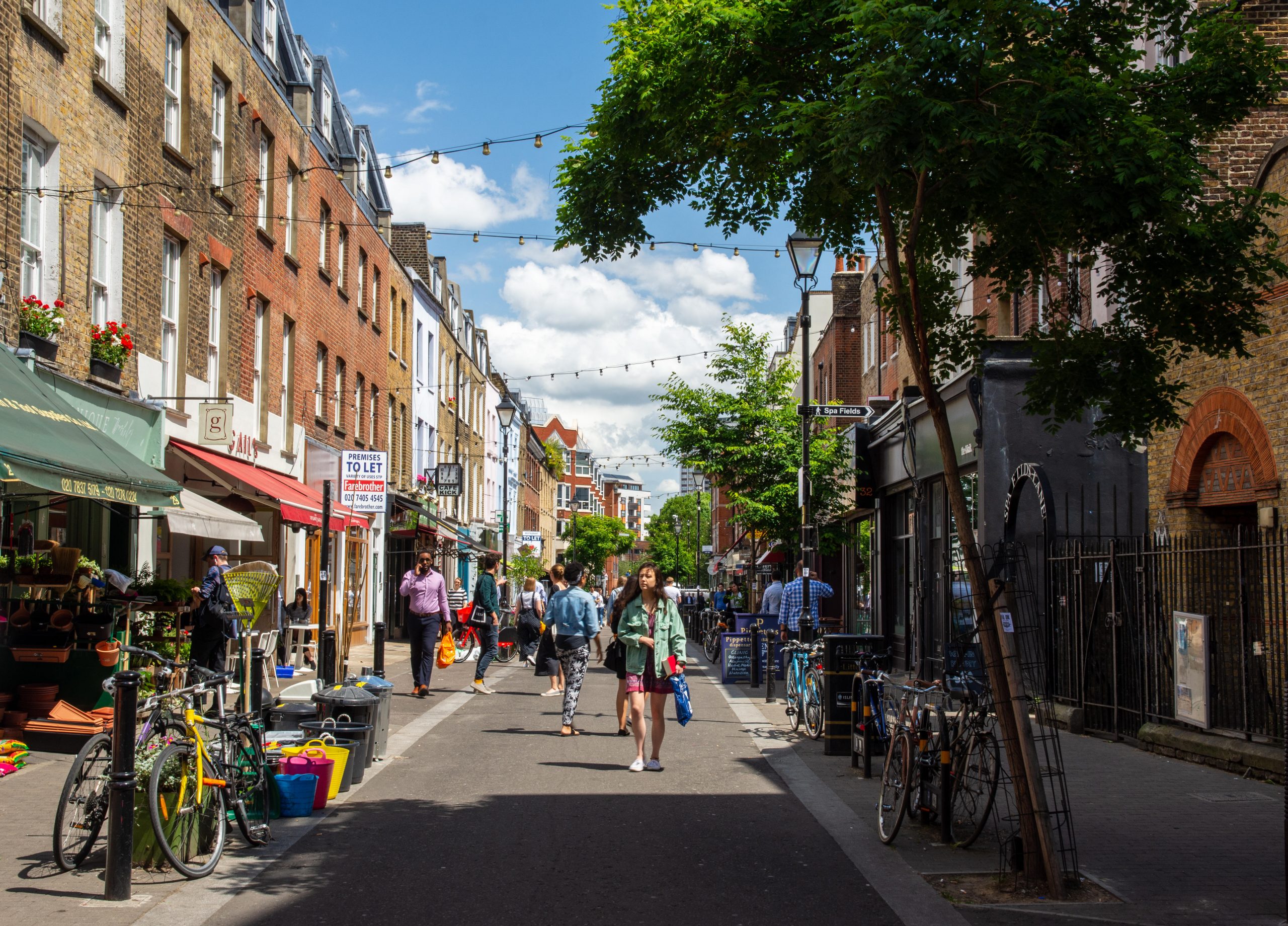

A medieval well lies hidden inside a brick office block on Farringdon Lane. It may look a little more than a hole in the ground, but it’s from there that Clerkenwell came to life.
‘The parish clerks from the City of London would come to perform plays and read from the Bible and, because they gathered around this particular well, it became known as the well of the Clerks,’ explains Mark Aston, local-history manager for Islington Council, under which authority Clerkenwell falls. ‘It’s not only water that sprung from it, but Clerkenwell’s name itself.’
The well originally belonged to the nunnery of St Mary, one of the many religious institutions that found their home in the parish, which, in the Middle Ages, was blessed with a sizeable river (the Fleet, now interred), fertile land, meadows and orchards.
‘Clerkenwell was right outside the London city walls, but close enough to it, so was ideal for monasteries. With four or five in the area, people came to serve them, shops opened and you had quite a nice little village.’
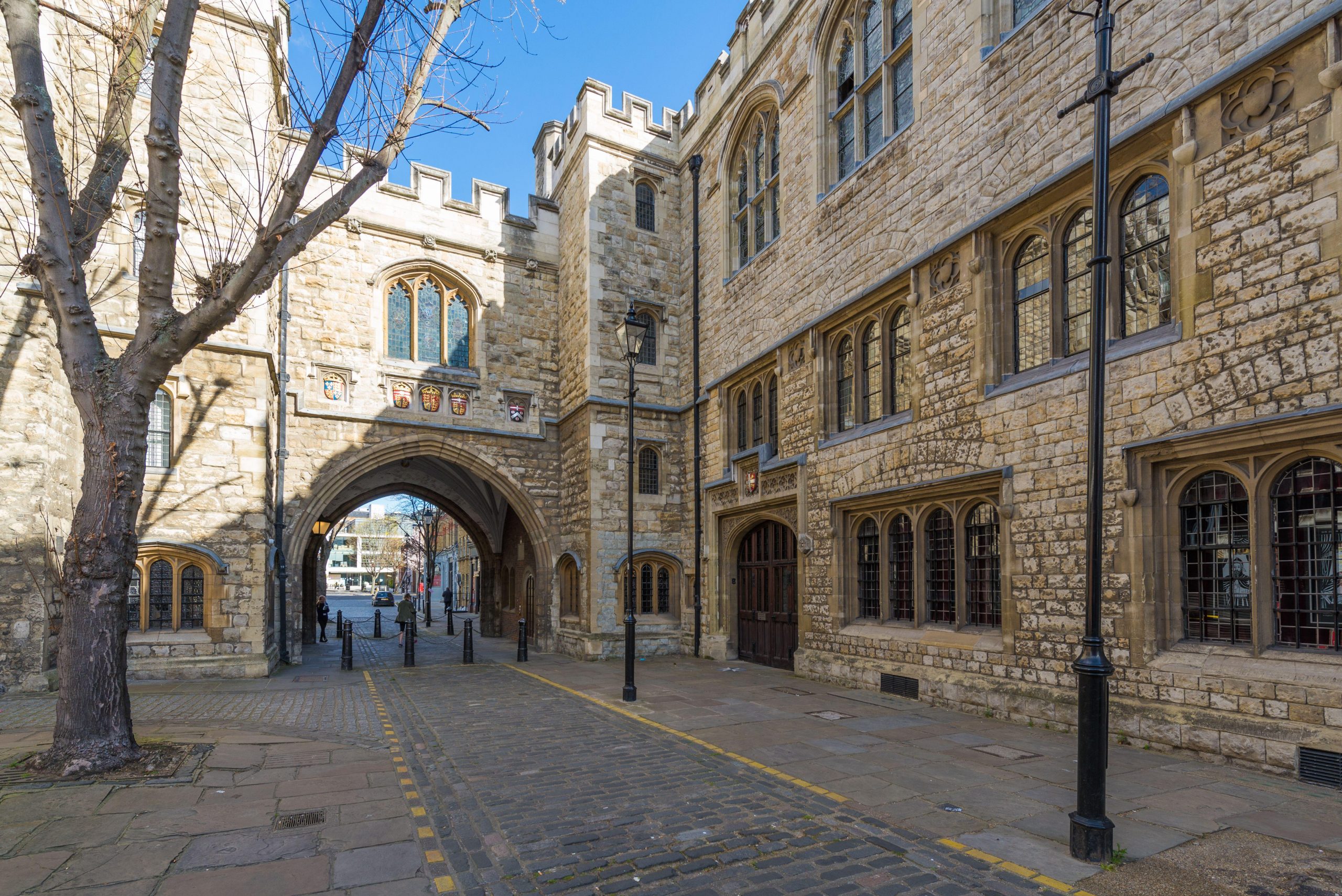
The Knights of St John followed in St Mary’s wake, founding their priory in 1144. But the Dissolution of the Monasteries sparked a series of vicissitudes that saw the complex turn into Mary Tudor’s house, return to the order during her Catholic Restoration, become the office of the Master of Revelry in Elizabethan times (when 30 Shakespeare plays were licensed there), and, later, suffer the ravages of neglect, falling attendances and wartime bombing.
Now the site is once again home to the Order of St John, heir to the original knights: behind its 18th-century façade, the Priory Church hides the original 12th-century crypt in its bowels (open by appointment) and, across St John’s Square, the Gate—built in Tudor times, although reworked by the Victorians—houses a museum tracing the order’s history (www.museumstjohn.org.uk).
In 2016, incumbent Country Life Editor Mark Hedges marked his 10-year anniversary inside the order’s Chapter Hall.
Exquisite houses, the beauty of Nature, and how to get the most from your life, straight to your inbox.
Still, St John’s had better luck than St Mary’s, the site of which eventually became a prison. In 1867, it was the setting of a devastating ‘gunpowder plot’, the Clerkenwell explosion, in which the Fenians tried to blow up the walls to free two prisoners.
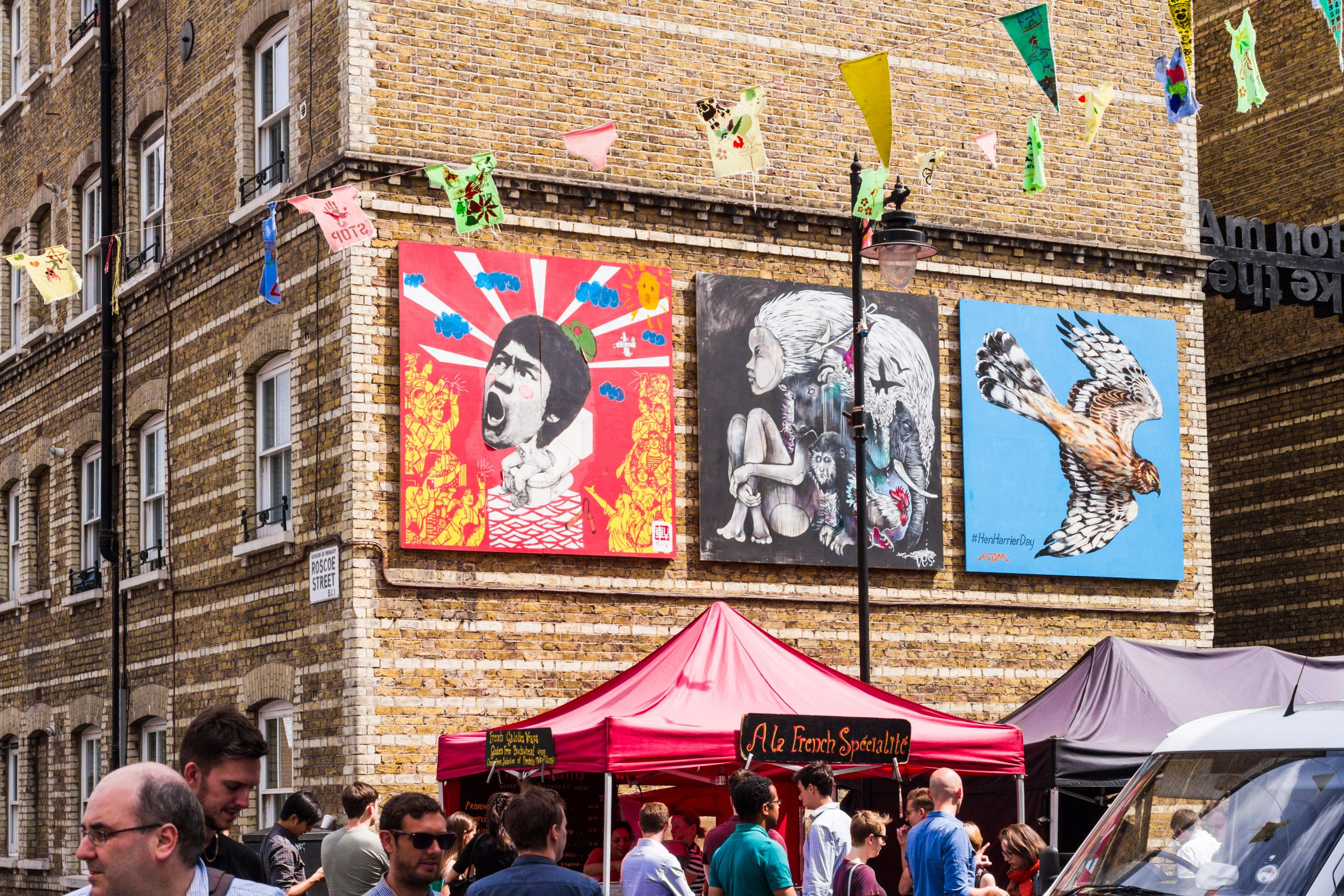
They failed, but killed 12 people in the process, sparking so much anger that the event is thought to have set back the cause of Irish home rule. Karl Marx, in London at the time, didn’t mince words, noting in a letter to Friedrich Engels that ‘the last exploit of the Fenians in Clerkenwell was a very stupid thing. The London masses, who have shown great sympathy for Ireland, will be made wild by it and be driven into the arms of the government party’.
Although he lived in Belsize Park, Marx was a well-known figure in 19th-century Clerkenwell, where the Marx Memorial Library stands today, in the very Green in which Dickens had the Artful Dodger show Oliver Twist how to pick pockets.
The Library, constructed in the 18th-century as a school for Welsh Anabaptists, was initially used by a mattress maker, a watchmaker and some printers, after a spell as a pub. By the mid-19th-century, however, it had become associated with the growing radical movement that campaigned for universal male suffrage and social reform.
Clerkenwell had a long relationship with the Labour movement, ‘even before you could call it the Labour movement,’ explains Alex Gordon, the Library’s chair. Indeed, ‘during the 1381 Peasants’ Revolt, Wat Tyler and his Kentish rebels are thought to have slept in the Green the night before they met Richard II’s forces in Smithfield, when Tyler was killed.’
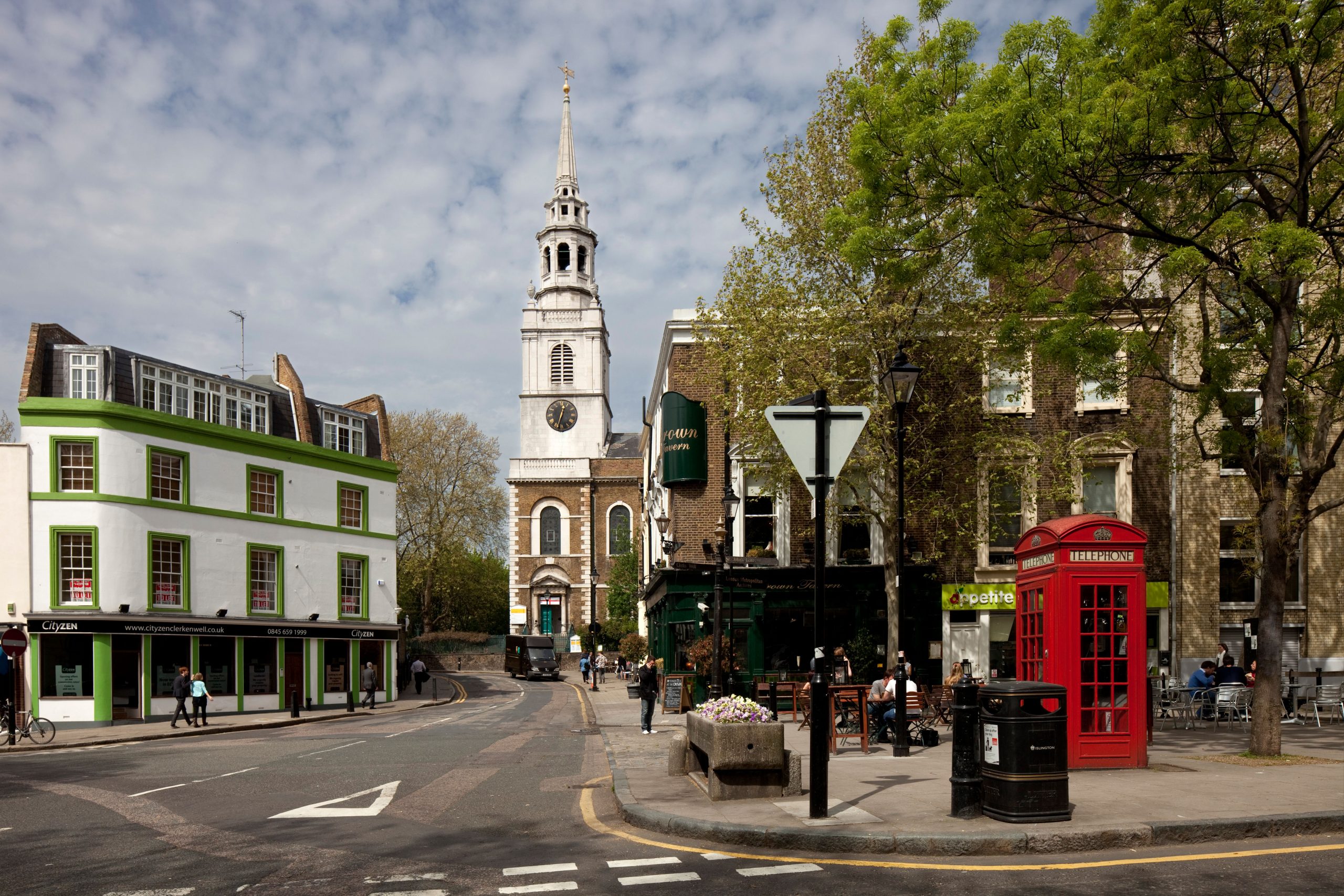
The building evolved into a meeting point for trade unionists and, in 1865, Marx gave two lectures there.
His daughter Eleanor, a socialist campaigner, also worked at the building, which by 1880 had become a print shop for the Social Democratic Federation, the Twentieth Century Press, of which William Morris was a key benefactor.
‘Eleanor would have helped to edit the newspaper that was produced there, Justice,’ explains Alex Gordon, the library’s chair. ‘In 1902, when Lenin came to London for the first time, he edited his own newspaper there: Iskra, (the spark) was printed at Clerkenwell Green, then taken to the docks of London, so it could be smuggled into Tsarist Russia.’
Eventually, another artist, Clive Branson, and his wife, Noreen, bought the building and founded, in 1933, the Marx Memorial Library, which now houses a vast collection of radical pamphlets, books and letters, including the records of British and Irish volunteers that fought in Spanish Civil War.

Today, Clerkenwell Green is about to celebrate another revolutionary mind, suffragette Sylvia Pankhurst, with a statue that should be unveiled next year.
A handful of years before Marx gave his lectures at what would become his library, Clerkenwell saw the arrival of two large waves of immigrants: the Irish and the Italians. The former mostly worked on the railways and canals, and tended to move north after some time, but the latter, says Mr Aston, became part of the local fabric.
‘They brought their skills, so you had organ-makers, ash felters, alabaster and marble-workers, musicians and, of course, ice-cream makers. The community has dispersed now, but there still are pockets: a few delis, St Peter’s Italian church and, every year, there’s the procession of Our Lady of Mount Carmel. It didn’t take place last year because of lockdown, but hopefully it will this year.’
The Victorian era also brought changes of a different kind: new streets (Rosebery Avenue and Clerkenwell Road) and the world’s first public underground railway, the Metropolitan line between Paddington and Farringdon, which opened in January 1863.
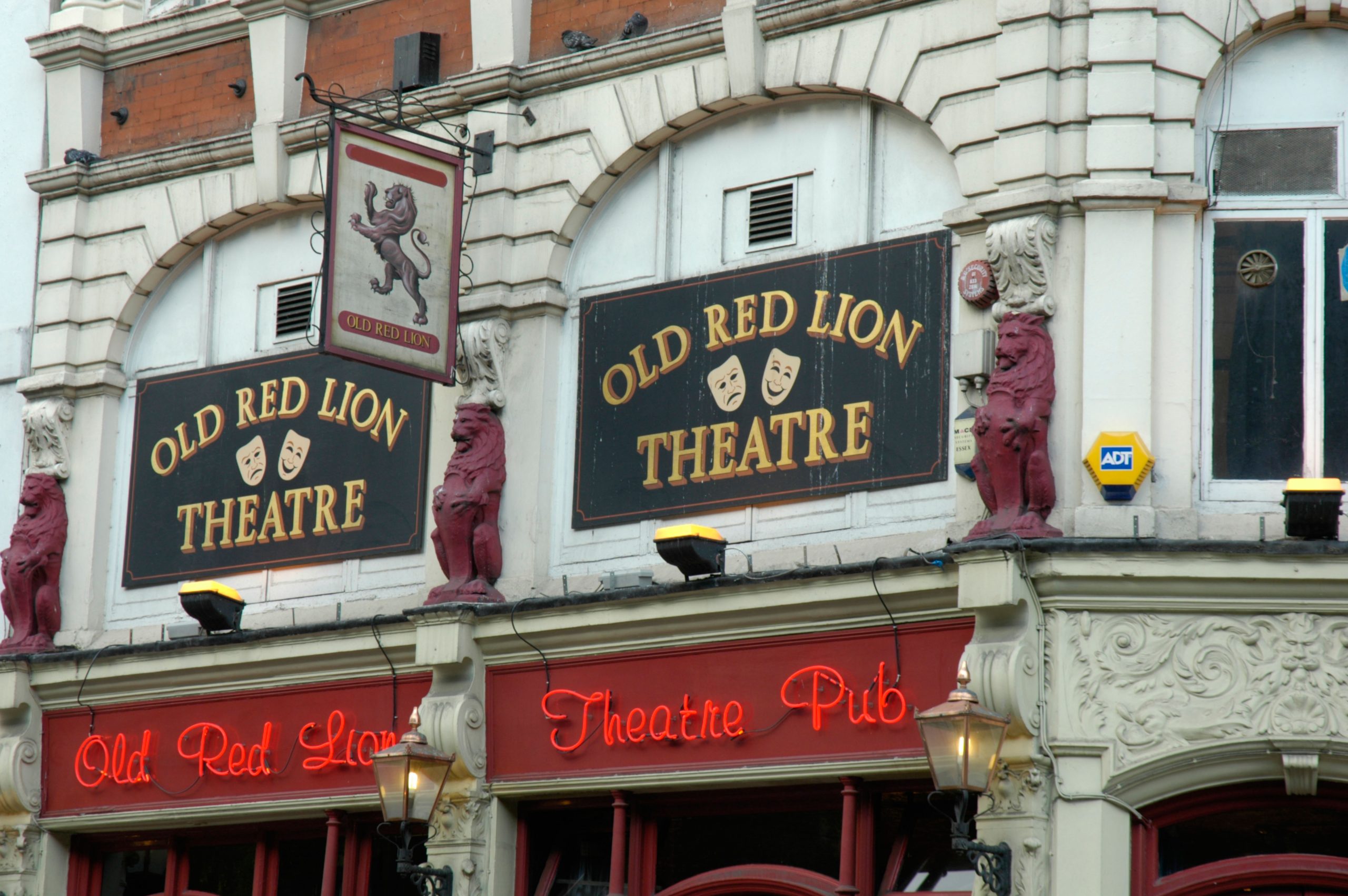
‘It was quite revolutionary: you had workers travelling through London and the rest is history,’ says Mr Aston. 'The travelling time from Farringdon to Paddington was about 30 minutes. I’d like to think we could do it more quickly now, but a few days ago, there was a problem on the line and it took me an hour to do the journey.'
Harking back to those days, a new Tube line looks set to change Clerkenwell’s history once more: the Elizabeth line will stop at Farringdon station, which is expected to become one of London’s busiest stops. This will make transport easier for the new trades—designers; creative agencies—that are taking over the old Victorian warehouses.
‘The Museum of London is also moving into part of old Smithfield, so it’s going to make the area even more vibrant,’ says Mr Aston. ‘There’s a lot for Clerkenwell to look forward to in the future—but hopefully as well as keeping a foot in the past and remembering its history.’
Property for sale in Clerkenwell
Amwell Street, £2.5 million
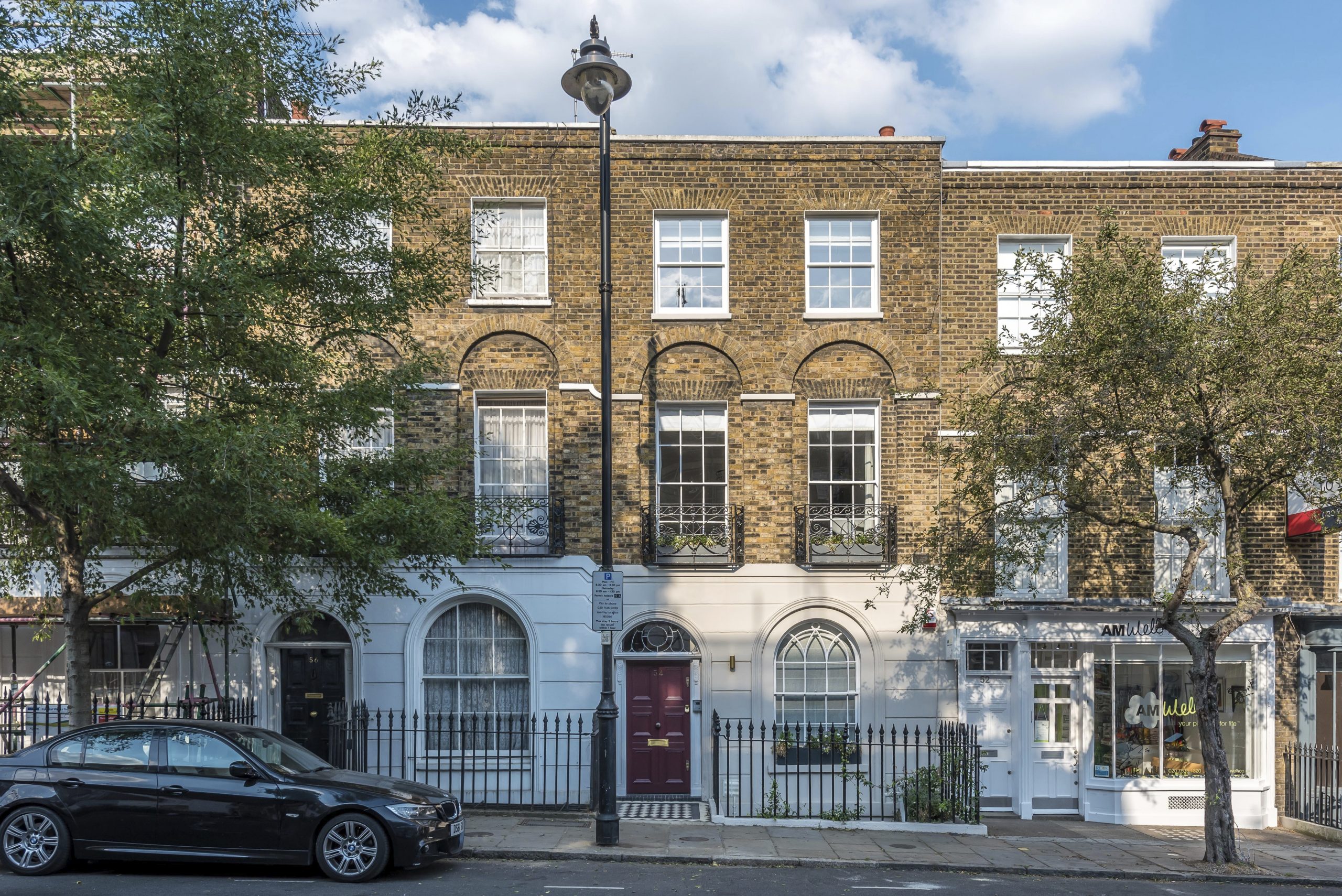
With four to five bedrooms, this Grade II-listed Georgian house is perfect for a family. The almost 1,900sq ft interiors make the most of original features, such as the cornicing, which have been paired to period-authentic ones (including antique fireplaces). Contemporary touches have been introduced, too, such as the kitchen with Sub-Zero and Gaggenau appliances, the bathrooms with walk-in rain showers and underfloor heating throughout. Outside, there is a paved garden that’s perfect for alfresco dining.
For sale through Hamptons — see more pictures and details
Britton Street, £3.25 million
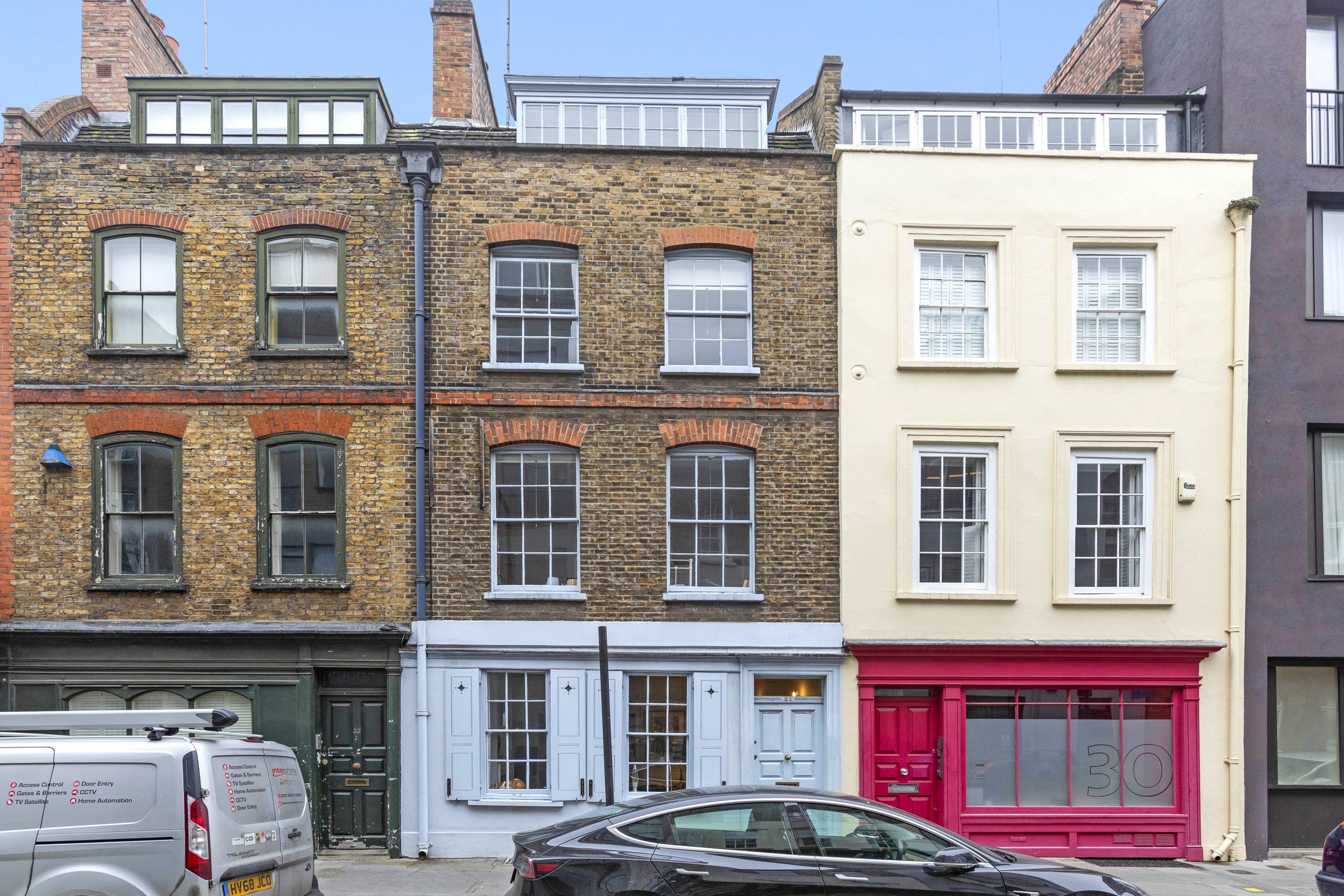
Plenty of space awaits behind the blue door of this Grade II-listed Georgian house, which overlooks St John’s Gardens. The interiors span 3,235sq ft across five floors, some of which are connected by a glass lift. A self-contained apartment takes up the lower ground floor, with an open-plan kitchen and dining area, office and reception rooms on the raised ground floor and the bedrooms on the top floors.
For sale through Winkworth — see more pictures and details
The places you need to know in Clerkenwell
Old Red Lion Theatre Pub This theatre-pub flies the flag for Clerkenwell's thespian tradition, following in the wake of popular venues such as the 17th-century Red Bull and Fortune theatres (418, St John Street) https://www.oldredliontheatre.co.uk/theatre.html
Timorous Beasties From seaweed prints to graffiti, this is the place to come for unusual fabrics (44–46, Amwell Street) https://www.timorousbeasties.com
St John On the border with Barbican, this restaurant brought offal back onto the nation’s menu (26, St John Street) https://stjohnrestaurant.com
Mag Culture One of London’s largest and best magazine selections (270, St John Street) https://magculture.com
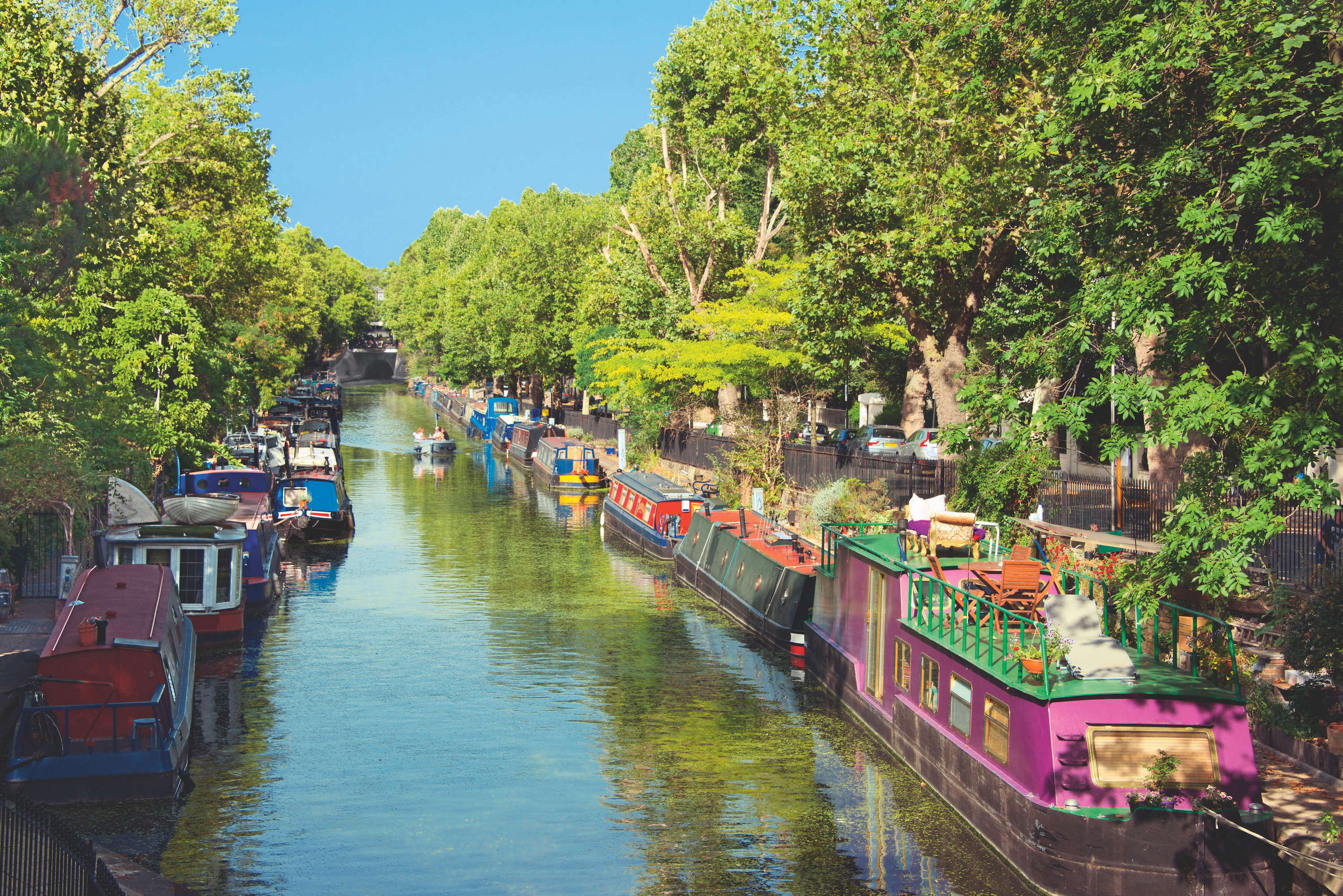
How Maida Vale turned from boudoir village to one of London's most vibrant neighbourhoods
Maida Vale took its name from a small Italian town and an even smaller pub, so it’s the perfect place
Carla must be the only Italian that finds the English weather more congenial than her native country’s sunshine. An antique herself, she became Country Life’s Arts & Antiques editor in 2023 having previously covered, as a freelance journalist, heritage, conservation, history and property stories, for which she won a couple of awards. Her musical taste has never evolved past Puccini and she spends most of her time immersed in any century before the 20th.

